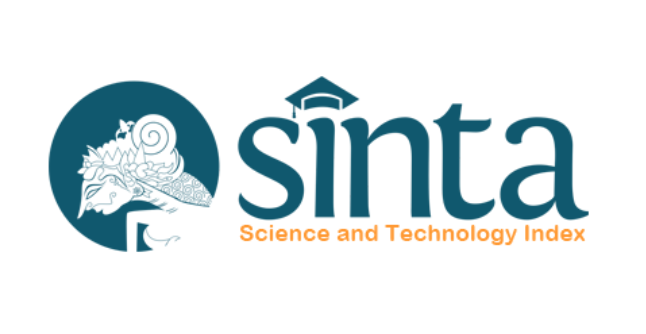ROUGHNESS ANALYSIS OF MOLDING BASED ON ADDITIVE MANUFACTURING MATERIAL POLYLACTIC ACID
DOI:
https://doi.org/10.5281/zenodo.7246701Keywords:
3D Printing, Molding, Polylactic Acid, Roughness, ANOVAAbstract
At this time the development of technology has moved very fast. Humans need technology to facilitate every activity, 3D Printers continue to develop and are widely used in various countries. 3D printing uses a special printing machine to produce three-dimensional shapes. Molding or molding is a production process by forming raw materials using a rigid frame or model called a mold. This research was conducted to change the function of 3D printing which is usually to print prototypes into molds. as well as knowing the level of roughness of the mold that is printed. analysis using ANOVA that has been applied, it can be concluded that layer height: low, standard, high has an effect on the roughness of the printed molding, and it can be proven in the discussion chapter with Fcount 3.150 > Ftable 2.56. with a significant 0.034 < 0.05. and the lowest roughness results are printed using a layer height: 0.16 mm/s (high quality).
Downloads
References
Abbas, B. 2020. “Biduk Kajang, Perahu Rakyat Sriwijayaâ€. https://kebudayaan.kemdikbud.go.id/bpnbsumbar/perahu-kajang-perahu-berbentuk-rumah/. Diunduh pada 19/06/2015.
Abby, R.S. 2021. “Mengenal 3D printingâ€. Journalism and Website Division Staff - Humas Elektro ITK
Pratiknyo B. 2012. “Penyiapan Sumber Daya di Bidang Mouldingâ€.https://ubaya.ac.id/2018/content/articles_detail/65/PENYIAPAN-SUMBER-DAYA-DI-BIDANG-MOULDING.html. Diakses pada 12/12/2012.
Winando. 2021. “Sejarah Perahu Kajang Ikon Kabupaten Ogan Kmering Ilir, Transportasi Zaman Kerajaan Sriwijayaâ€. https://Sejarah Perahu Kajang Ikon Kabupaten Ogan Komering Ilir, Transportasi Zaman Kerajaan Sriwijaya - Tribunsumsel.com. Diakses pada 09/09/2021.
Downloads
Published
How to Cite
Issue
Section
License
Copyright (c) 2022 Authors and Publisher

This work is licensed under a Creative Commons Attribution-NonCommercial-NoDerivatives 4.0 International License.
The Authors submitting a manuscript do so on the understanding that if accepted for publication, copyright of the article shall be assigned to MACHINERY: Jurnal Teknologi Terapan as publisher of the journal. Copyright encompasses rights to reproduce and deliver the article in all form and media, including reprints, photographs, microfilms, and any other similar reproductions, as well as translations.Â
MACHINERY: Jurnal Teknologi Terapan and the Editors make every effort to ensure that no wrong or misleading data, opinions or statements be published in the journal. In any way, the contents of the articles and advertisements published in MACHINERY: Jurnal Teknologi Terapan are the sole responsibility of their respective authors and advertisers.








